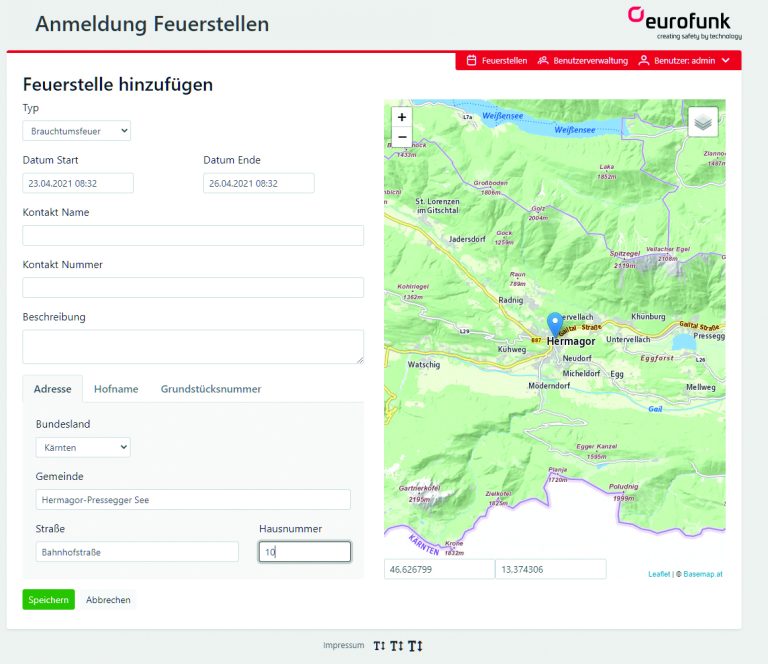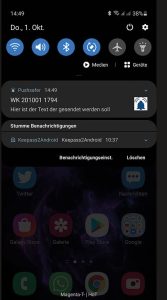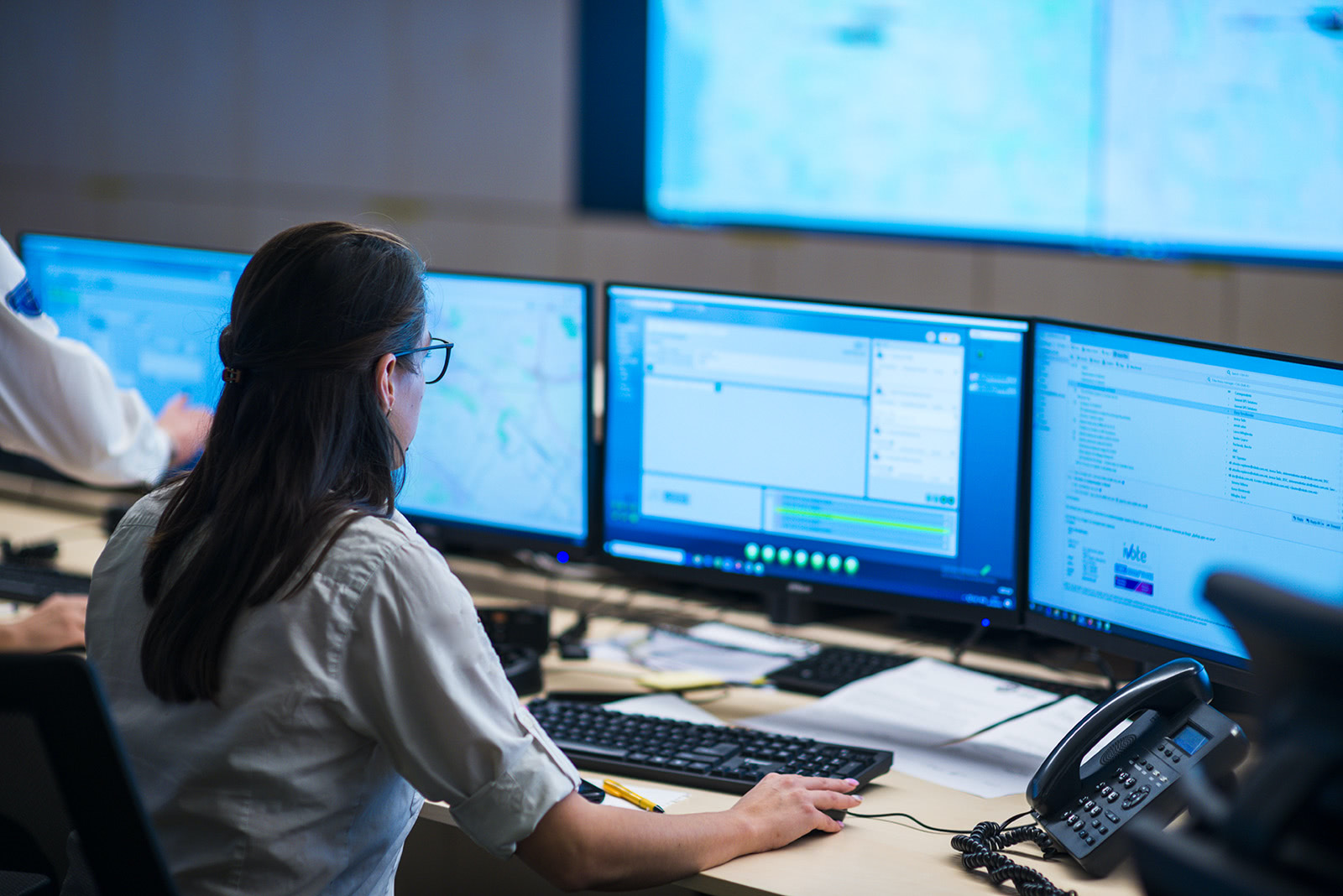ELDIS 3 – New developments & highlights
eurofunk’s ELDIS3 is well known to many of our valued customers as an integral part of mission control.
Less known perhaps are the efforts by our software developers – the thousands of hours – that have gone into the improvement of existing functionality and the introduction of new operational capabilities. The time invested also ensures that current operating systems and database versions are tested and supported.
HIGHLIGHTS
Web portal for the transmission of registered fires
Using a web portal, registered fires can be recorded and then automatically transmitted to ELDIS 3. These recorded data sets help to identify registered events during incoming emergency calls and to check for duplicates. This is another important step towards minimizing manual data maintenance in the control centers.

Fig. 1: Login at the webinterface for fire areas ©Karte: Basemap.at
Further interfaces to structured call retrieval systems
Becoming increasingly important are automated systems for emergency call handling. For this reason we have added interfaces to the NOAS (Emergency Call Query System) and to SMED (Structured Initial Assessment Procedure Germany). Improvements to the current AUDIS interface include compatibility with AUDIS 2.0 and support for Google Maps location search which also includes the transfer of the location information to ELDIS. Further new functionalities in the interaction between ELDIS and AUDIS are planned.
KATWARN Interface
KATWARN is a warning and information system used widely in Austria and Germany as a method of sending warnings to the wider population. The new ELDIS integration makes it possible to create predefined warnings, which can then be automatically transferred to the KATWARN system in case of an emergency.
Connection of the open source community solution “feuerwehreinsatz.info”
The open source community solution feuerwehreinsatz.info, which is well established in Austria, has been fully integrated into ELDIS 3. The connection allows for the forwarding of operations to feuerwehreinsatz.info and for status messages and feedback to be sent to ELDIS 3. eurofunk also extended feuerwehreinsatz.info to include a deployment overview for the wider population that is map-centric and web-enabled. →
Universal command line execution
To deal with an ever-increasing number of third-party connections, ELDIS has a new element action for command line execution. For the more complex connections or workflows and interconnections that demand a dedicated interface, this feature will allow us to meet requirements with minimum delay. The new element action allows any string with data of the current application to be executed within the scope of an action and the result of the execution to be evaluated (action successful/unsuccessful). This means that requirements such as the following can be realised by simple scripts that have been written by our consultants or by you, the customer:
- Data transfer to a ticket system
- Data transfer to an API/web service (Divera, Katretter etc.)
- Start of an application on the workstation computer upon signal acceptance with deployment generation
- Triggering of push messages on cell phones (Pushsafer, WhatsApp etc.)

Beyond the developments described so far, many other small improvements have been incorporated into ELDIS 3, including:
- DCI interface improvements
- Improvements/extensions of the mail interface
- Support for Beronet SMS modem
- Enhancements for eMID 2.0
- Performance optimizations GEO
- Enhancements of the Web.ei³ interface
- Dialing help button for patient*s mask
- IVENA workflow via Rescuetrack
- Automatic patient assignment according to transport capacity
- AML integration (Advanced Mobile Location)
- Display of arrival time according to routing in the dispatch list
- Identification of prioritized responses incl. filtering option
- Improvement of the +3 alerting process in the ELDIS Resource Manager
- Gate openings via SDS messages
- Optimization of status return logic in digital radio based on voice group membership
- Enhancements to the Active Monitoring fault reporting system
- Improvements of the telephone book search Operation processing
- Blue light SMS interface
- Support of the new eMessage web interface
- Optimization of the use of virtual workstations via Remote Desktop Services and many more


